Gardener Archway: Transform Your Garden with Elegance and Functionality
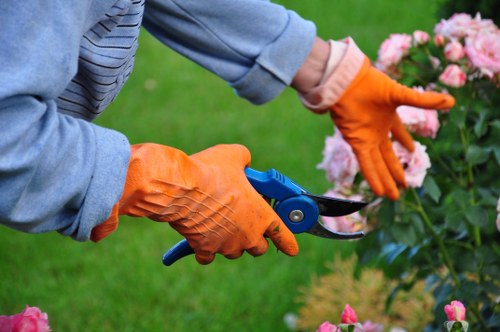
A garden archway is more than just a decorative element; it serves as a stunning focal point that can transform the look and feel of any outdoor space. Whether you're a seasoned gardener or a hobbyist, incorporating an archway into your garden design can add both beauty and functionality.
Archways come in various designs, materials, and sizes, making them versatile additions to any garden. From traditional wrought iron to modern wooden structures, there's an archway to suit every aesthetic and purpose.
One of the primary benefits of a garden archway is its ability to create a sense of entrance, guiding visitors through your garden in a graceful manner. It can also provide support for climbing plants, adding lush greenery and vibrant colors to your outdoor space.
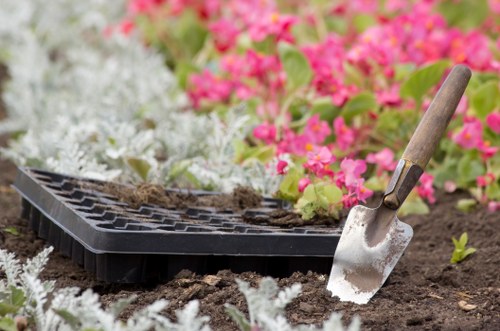
Types of Garden Archways
Choosing the right type of archway is essential to complement your garden's style and meet your specific needs. Here are some popular types of garden archways:
- Wooden Archways: These offer a natural and rustic look, perfect for traditional or cottage-style gardens.
- Metal Archways: Made from materials like wrought iron or aluminum, these archways are durable and can be intricately designed.
- Vinyl Archways: Easy to maintain and available in various colors, vinyl archways are a practical choice for modern gardens.
- Bamboo Archways: Lightweight and eco-friendly, bamboo archways bring an exotic touch to your garden.
- Custom Archways: Tailored to your specific preferences, custom archways can include unique designs and features.
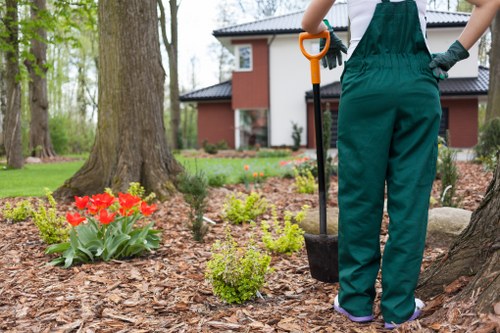
Benefits of Installing a Garden Archway
Adding a garden archway to your outdoor space comes with numerous advantages:
- Enhances Curb Appeal: A well-designed archway can significantly boost the aesthetic appeal of your garden.
- Creates Defined Spaces: Use archways to section off different areas of your garden, such as pathways, seating areas, or flower beds.
- Supports Climbing Plants: Archways provide an excellent structure for plants like roses, ivy, and clematis to grow and flourish.
- Provides Shade: Larger archways can offer shade, creating a comfortable space to relax during sunny days.
- Increases Property Value: A beautiful garden archway can enhance the overall value of your property.
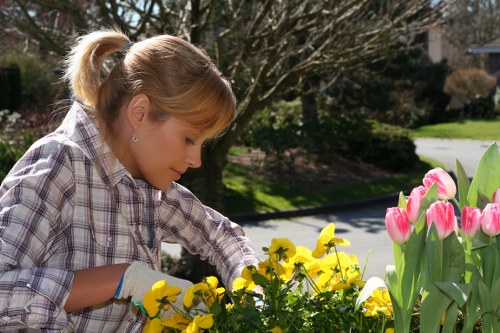
Choosing the Right Location for Your Archway
Proper placement of your garden archway is crucial for maximizing its impact. Consider the following factors when selecting a location:
- Visibility: Place the archway in a spot where it can be easily seen and appreciated, such as the entrance to your garden or along a main pathway.
- Purpose: Determine whether the archway will primarily serve as a decorative feature or if it will support climbing plants.
- Surrounding Plants: Ensure there is enough space for plants to grow around and through the archway without overcrowding.
- Sunlight Exposure: Consider the amount of sunlight the area receives, as this will affect the type of plants you can grow on the archway.
- Maintenance Access: Choose a location that allows easy access for maintenance tasks such as pruning and cleaning.
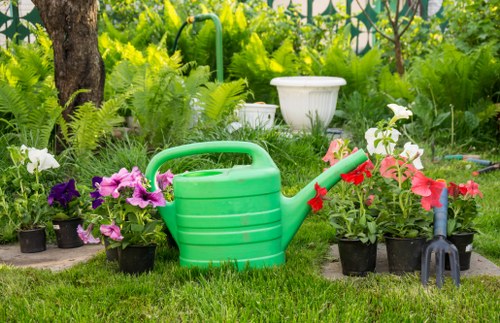
Installation Tips for Your Garden Archway
Installing a garden archway can be a straightforward process if you follow these tips:
- Measure the Area: Ensure you have enough space for the archway and any surrounding plants.
- Prepare the Ground: Clear the area of debris and level the ground where the archway will be placed.
- Secure the Archway: Use sturdy materials like concrete or heavy-duty anchors to stabilize the archway.
- Install Climbing Plants: Train your plants to grow along the archway, ensuring they have adequate support and nutrients.
- Regular Maintenance: Keep the archway and plants in good condition by trimming, cleaning, and inspecting for any damage.

Maintenance Tips for Longevity
To keep your garden archway looking its best, regular maintenance is essential:
- Inspect for Damage: Regularly check for signs of wear and tear, especially in metal or wooden archways exposed to the elements.
- Clean Regularly: Remove dirt, debris, and overgrown plants to maintain the archway's structure and appearance.
- Protect Against Pests: Use appropriate treatments to prevent insects or pests from damaging the archway and plants.
- Reapply Finishes: For wooden or metal archways, reapply paint or sealant as needed to prevent rust and decay.
- Support Growth: Ensure climbing plants are properly supported and trained to grow without causing structural damage.

Garden Archway Styles to Consider
Choosing a style that complements your garden's overall theme is key to creating a harmonious outdoor space. Here are some popular garden archway styles:
- Classic Victorian: Ornate designs with intricate detailing, perfect for traditional gardens.
- Modern Minimalist: Sleek lines and simple forms for a contemporary look.
- Cottage Charm: Whimsical and rustic, often featuring weathered materials and floral motifs.
- Japanese Inspired: Elegant and understated, incorporating natural elements like bamboo and stone.
- Fairy Tale: Magical designs with whimsical elements like vines, fairy lights, and decorative accents.

Incorporating Lighting into Your Archway
Adding lighting to your garden archway can enhance its beauty and functionality, especially during the evening hours:
- String Lights: Wrap fairy lights around the archway for a magical glow.
- Spotlights: Highlight the archway's structure and any climbing plants with focused lighting.
- Solar-Powered Lights: Eco-friendly options that charge during the day and illuminate at night.
- Lamp Posts: Place lamps on either side of the archway to create symmetry and additional lighting.
- LED Strips: Install LED strips along the archway's edges for a modern and vibrant effect.

Choosing Plants for Your Garden Archway
The right plants can enhance the beauty and functionality of your garden archway. Consider the following:
- Roses: Classic climbing flowers that add color and fragrance.
- Ivy: Evergreen vines that provide year-round coverage.
- Clematis: Versatile climbers with a wide range of colors and bloom times.
- Wisteria: Stunning blossoms and a pleasant scent, ideal for larger archways.
- Honeysuckle: Sweet-smelling flowers that attract pollinators.

Local Relevance: Archway and Surrounding Areas
If you're located near Archway, tapping into local areas can inspire your garden archway design. Here are some nearby areas to consider:
- Islington: Known for its vibrant culture and diverse plant options.
- Tunford: Offers a mix of traditional and modern garden styles.
- Kings Cross: Ideal for sleek, urban-inspired archway designs.
- Highbury: Features classic English garden aesthetics.
- Finsbury Park: Perfect for incorporating natural and wildflower elements.
- Crumwell: Offers artistic and eclectic garden inspirations.
- Seven Sisters: Great for community-driven garden projects.
- East Finchley: Combines historical and contemporary garden styles.
- Finchley Road: Ideal for those looking to add modern touches to their archways.
- Fortis Green: Known for its serene and tranquil garden spaces.
- Manor House: Offers grand and elaborate garden archway ideas.
- Newington Green: Perfect for sustainable and eco-friendly garden designs.
- Noho: Embraces urban gardening trends and innovative archway concepts.
- Lower Holloway Combines traditional and modern elements for unique archways.
- Upper Holloway: Ideal for incorporating bold and statement-making garden archways.
Frequently Asked Questions
1. What materials are best for a garden archway?
The best materials for a garden archway depend on your garden's style and climate. Common options include wood for a natural look, metal for durability and intricate designs, vinyl for low maintenance, and bamboo for an eco-friendly option.
2. How do I maintain my garden archway?
Regular maintenance includes cleaning the archway, checking for structural integrity, pruning any climbing plants, and treating materials like wood or metal to prevent decay and rust. Ensuring proper support for plants is also essential.
3. Can I install a garden archway myself?
Yes, many garden archways are designed for DIY installation with basic tools. However, for larger or more complex structures, it may be beneficial to seek professional assistance to ensure stability and proper setup.
4. What plants are best suited for garden archways?
Climbing plants like roses, clematis, ivy, wisteria, and honeysuckle are excellent choices for garden archways. These plants add beauty and can help disguise the archway's structure as they grow.
5. How can I customize my garden archway?
You can customize your garden archway by choosing different materials, adding decorative elements like lights or ornaments, painting it to match your garden's color scheme, or incorporating unique design features that reflect your personal style.